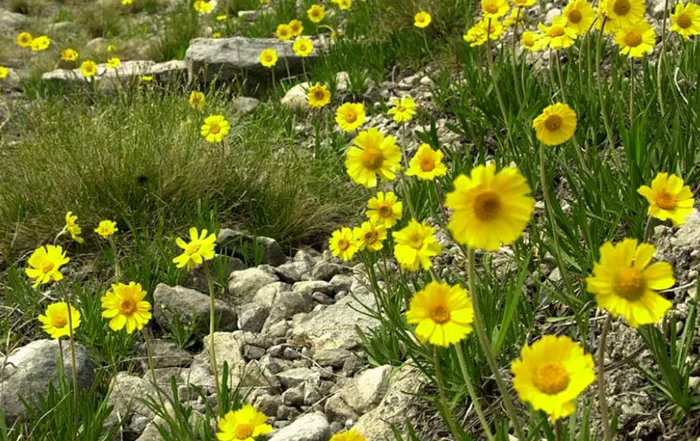Ohio’s Marblehead Peninsula is home to one of the nation’s rarest wildflowers, the federally threatened Lakeside Daisy, which blooms each May in a spectacular display of bright yellow flowers.
This unique plant, distinguished by its solitary yellow bloom atop a leafless stalk, grows naturally only in Ohio within the United States, according to the Ohio Department of Natural Resources (ODNR).
The largest natural population thrives at the Lakeside Daisy State Nature Preserve, a protected area on 136 acres of limestone quarry land established in 1988 and expanded in 2019.
Visitors can view the flowers daily from half an hour before sunrise until half an hour after sunset during the early to mid-May blooming period.
The synchronized blooming creates a striking “golden blanket” effect across the rocky landscape, lasting about a week before the petals fade and seed dispersal begins.
The Lakeside Daisy flourishes in harsh conditions, growing on nearly barren limestone bedrock under full sun where few other plants survive.
Beyond Marblehead, small introduced populations exist at Ohio’s Kelleys Island and Castalia Quarry Metro Park. Outside the U.S., the flower naturally grows in parts of Ontario, Canada, and was historically found in Illinois, where it has been reintroduced after local extinction.
Despite its limited range and endangered status in Ohio, the Lakeside Daisy plays a vital role in supporting pollinators like bees.
Habitat loss from quarrying and development remains a threat, underscoring the importance of ongoing conservation efforts at the preserve and beyond.
The Lakeside Daisy’s brief but brilliant bloom each May offers a rare glimpse of natural beauty and a reminder of the delicate balance needed to protect Ohio’s unique flora.


